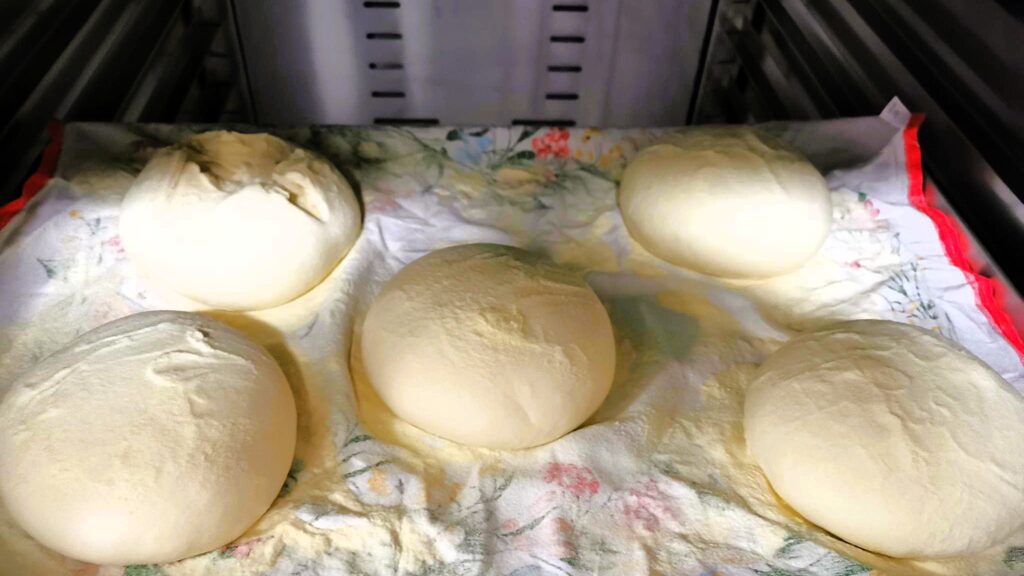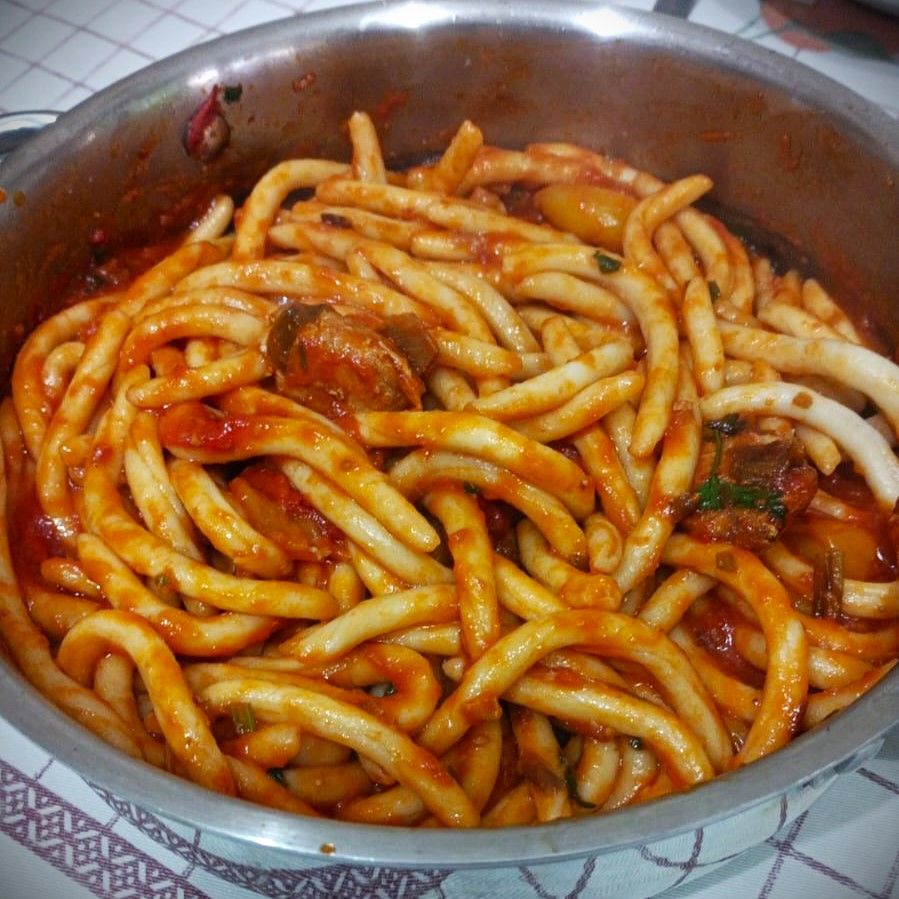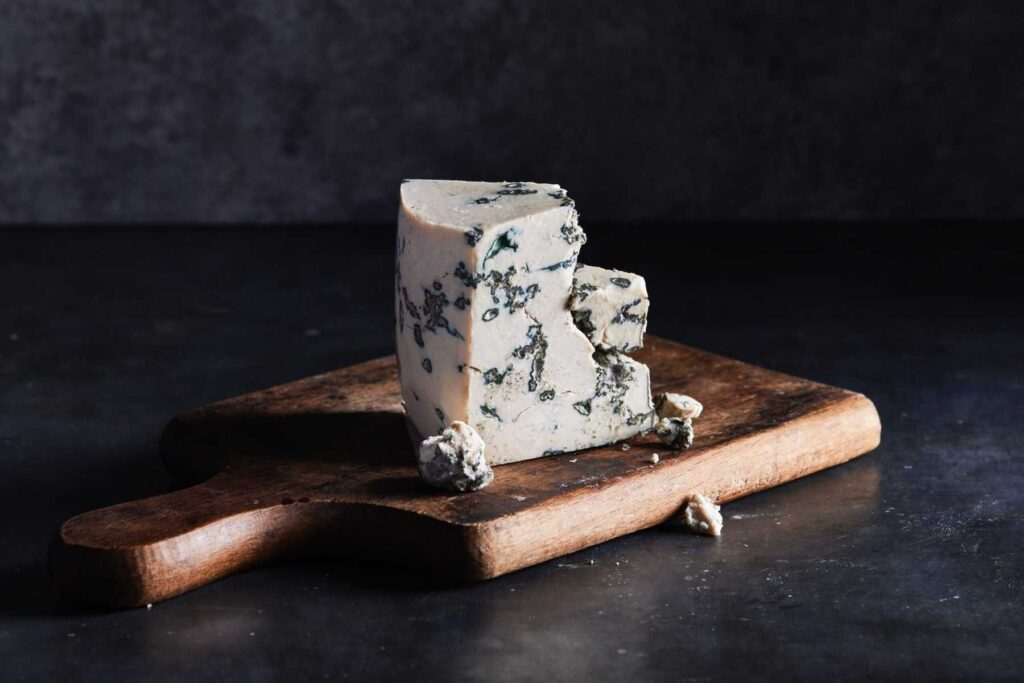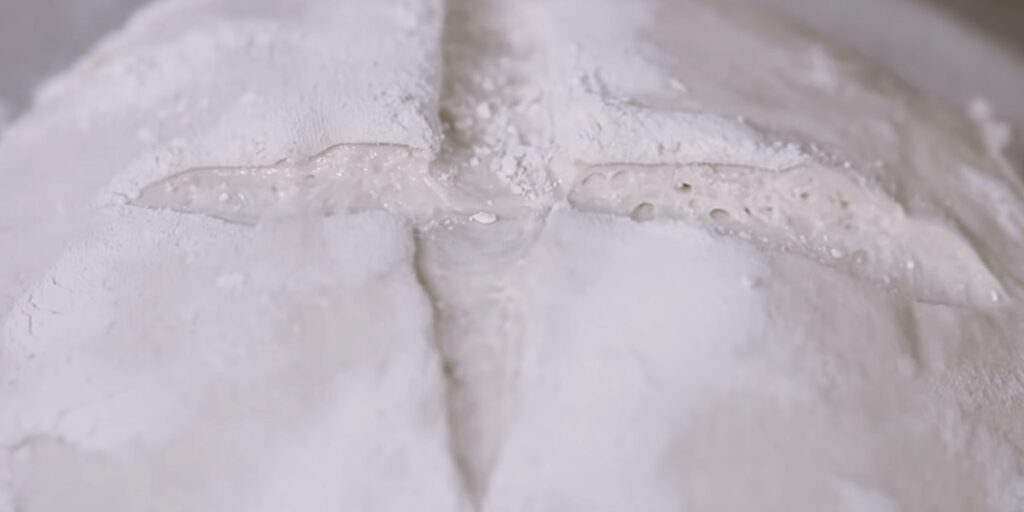The distinctive sign of all chefs worldwide is the toque blanche, the characteristic tall white hat that has stood out on chefs’ heads for 200 years.
The first to adopt it was one of the most famous chefs in history: Marie-Antonin Careme, in the service of the Royals of England at the Court of King George IV.
Careme, who noticed it on the heads of some trainee lawyers, fell in love with it because of its elegance and height, suggesting that being a Chef was a noble profession.
It was also hygienic (it prevented hair from falling into the food being prepared) and practical (it allowed the skin to breathe, preventing the cook from getting soaked in sweat!).
But we all know that a respectable toque blanche must have some vertical pleats.
How many? And why?
There is a legend as old as the hat itself, which tells how it was a distinctive sign of the Chef: the more folds the hat had, the more ways to cook eggs the chef knew how to master.
Why eggs?
Precisely because being such a simple ingredient, it took a lot of creativity and expertise to invent different ways to cook it.
However… like every good legend, this one also has to clash with reality.
There is no evidence that the number of folds can be traced back to the known ways to cook eggs.
Auguste Escoffier, one of the most eminent representatives of French Cuisine, does not mention it in his Guide Culinaire of 1903.
Neither Larousse Gastronomique (the first modern gastronomic “Encyclopedia”) contains any mention about it.
Basically, no one knows the origin of this story.
I think that is enough to call it a “legend“.

 Italiano
Italiano













